All of the products and services we feature are chosen independently. If you click through links we provide, we may earn a commission. Learn more
Written by: Emily Chen
Landmarks in Turkey
- Updated: September 30, 2023 | Published:
Turkey, a land that straddles the borders of Europe and Asia, boasts a rich tapestry of history, culture, and natural wonders that have captivated travelers for centuries.
From the vibrant city of Istanbul to the otherworldly landscapes of Cappadocia, the country offers a treasure trove of awe-inspiring landmarks that beckon visitors to explore its storied past and breathtaking beauty.
Delve into the fascinating world of ancient civilizations, marvel at architectural masterpieces, and immerse yourself in the enduring spirit of this top travel destination.
Join us as we embark on a journey through Turkey’s top landmarks, each offering a unique glimpse into the captivating allure of this remarkable destination.
Iconic Landmarks in Turkey
1. Hagia Sophia, Istanbul

- Best Time to Visit: Spring and Fall
- What to Expect: Breathtaking architecture, a mix of Christian and Islamic history, guided tours, and beautiful mosaics
- Ideal For: History enthusiasts, architecture lovers, families, solo travelers
- Yearly Visitor Count: Approximately 3 million
- Geographical Location: European side, Istanbul
The Hagia Sophia, originally built as a church by the Roman Emperor Justinian in 537, was converted into a mosque after the Ottoman conquest in 1453 and then into a museum in 1935.
In 2020, it was reconverted into a mosque but remains open to visitors. The magnificent structure features both Christian and Islamic elements, showcasing its rich history.
Visitors can admire the beautiful Byzantine mosaics, impressive dome, and marble pillars while learning about the building’s complex past. Guided tours are available to enhance your experience.
2. Ephesus, Selçuk
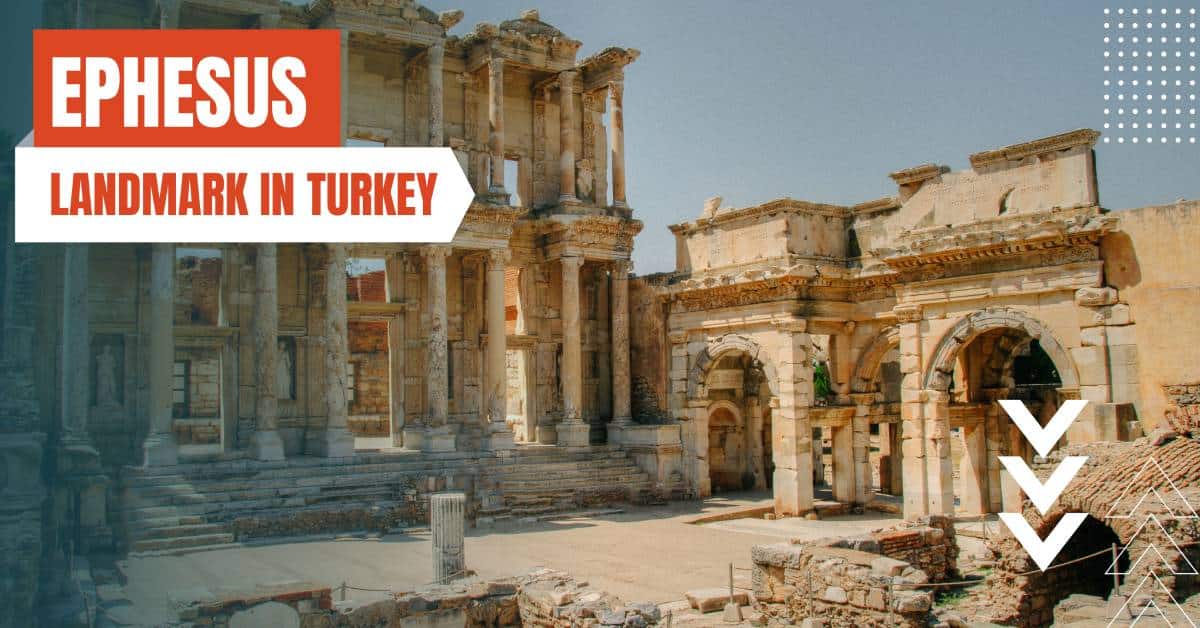
- Best Time to Visit: Spring and Fall
- What to Expect: Ancient ruins, the Temple of Artemis, the Celsus Library, the Great Theater, and guided tours
- Ideal For: History enthusiasts, archaeology lovers, families, solo travelers
- Yearly Visitor Count: Approximately 2 million
- Geographical Location: Aegean Region, near Selçuk
Ephesus, once an ancient Greek city and later a major Roman settlement, offers a fascinating glimpse into the past.
Visitors can explore the Temple of Artemis, one of the Seven Wonders of the Ancient World, the striking Celsus Library, and the Great Theater, which held 25,000 spectators.
Guided tours provide valuable insights into the city’s rich history and the lives of its inhabitants.
3. Cappadocia, Central Anatolia

- Best Time to Visit: April-June, September-October
- What to Expect: Fairy chimneys, cave dwellings, underground cities, hot air balloon rides, and guided tours
- Ideal For: Adventure seekers, nature lovers, history enthusiasts, families, solo travelers
- Yearly Visitor Count: Approximately 2 million
- Geographical Location: Central Anatolia Region
Cappadocia is known for its unique fairy chimneys, cave dwellings, and underground cities, carved out of volcanic rock.
Visitors can explore the Göreme Open Air Museum, Kaymaklı Underground City, and Ihlara Valley while marveling at the region’s otherworldly beauty. Hot air balloon rides provide unforgettable views of the landscape, especially at sunrise.
Traveling to Turkey and need mobile internet? Compare eSIMs for Turkey from over 20+ Prepaid eSIM providers
4. Pamukkale, Denizli

- Best Time to Visit:Spring and Fall
- What to Expect: Natural hot springs, the ancient city of Hierapolis, white travertine terraces, and guided tours
- Ideal For: Nature lovers, history enthusiasts, families, solo travelers
- Yearly Visitor Count: Approximately 2 million
- Geographical Location: Aegean Region, near Denizli
Pamukkale, or “cotton castle” in Turkish, features dazzling white travertine terraces formed by mineral-rich hot springs. Visitors can enjoy a relaxing dip in the hot springs and explore the nearby ancient city of Hierapolis, which houses a well-preserved theater, necropolis, and the Antique Pool.
5. Topkapı Palace, Istanbul
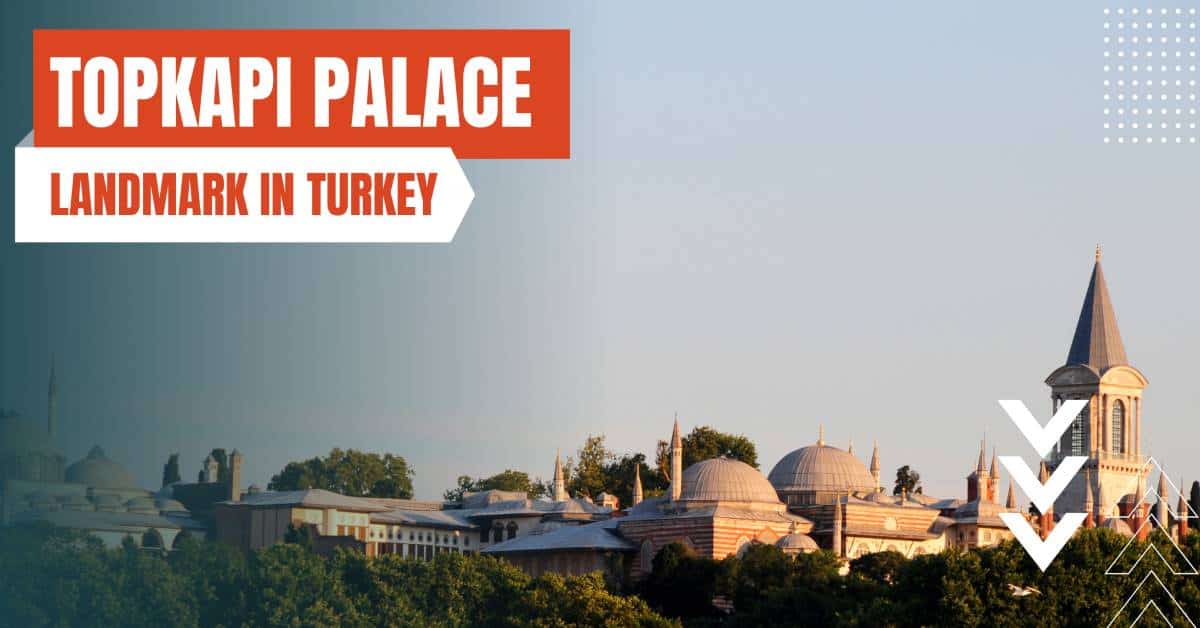
- Best Time to Visit: Spring and Fall
- What to Expect: Lavish rooms, the Harem, Imperial Treasury, and a glimpse into the life of Ottoman sultans
- Ideal For: History enthusiasts, architecture lovers, families, solo travelers
- Yearly Visitor Count: Approximately 2 million
- Geographical Location: European side, Istanbul
Topkapı Palace, the main residence of Ottoman sultans for nearly 400 years, is an architectural marvel and an essential stop for visitors to Istanbul. Explore the palace’s stunning rooms, courtyards, and the opulent Harem, where the sultan’s family and concubines lived.
Don’t miss the Imperial Treasury, which displays exquisite jewelry, including the famous Topkapı Dagger and the 86-carat Spoonmaker’s Diamond.
6. Blue Mosque, Istanbul
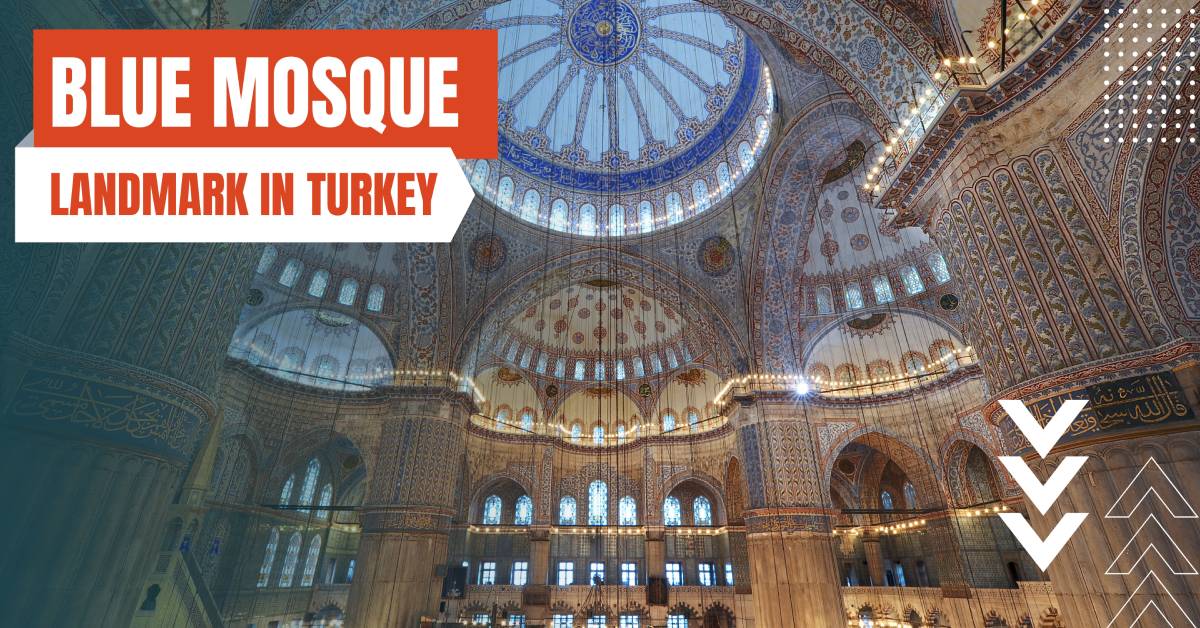
- Best Time to Visit: Spring and Fall
- What to Expect: Beautiful blue Iznik tiles, six minarets, and an active place of worship
- Ideal For: Spiritual travelers, architecture lovers, families, solo travelers
- Yearly Visitor Count: Approximately 5 million
- Geographical Location: European side, Istanbul
The Blue Mosque, or Sultanahmet Mosque, is an iconic landmark known for its six minarets and stunning blue Iznik tiles. Built in the early 17th century, it remains an active place of worship. Visitors are welcome outside of prayer times, but modest clothing and respectful behavior are required.
7. Mount Nemrut, Adıyaman
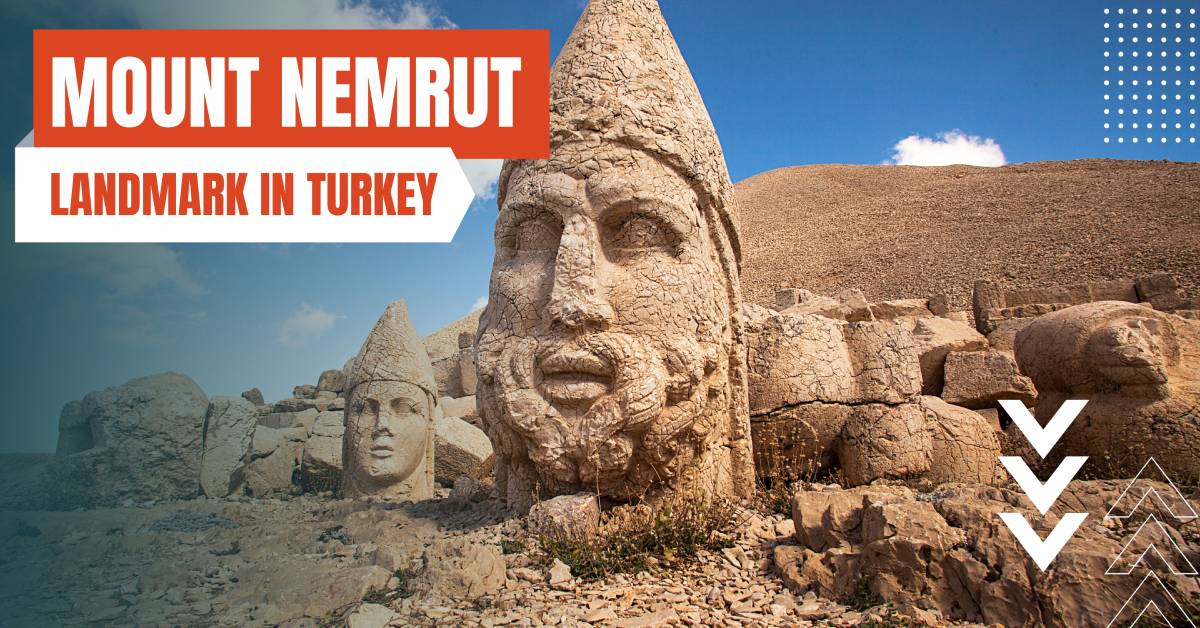
- Best Time to Visit: April-October
- What to Expect: Colossal stone statues, a UNESCO World Heritage site, and breathtaking sunrises and sunsets
- Ideal For: History enthusiasts, nature lovers, adventure seekers
- Yearly Visitor Count: Approximately 50,000
- Geographical Location: Southeastern Anatolia Region, near Adıyaman
Mount Nemrut is home to the impressive 1st-century BCE tomb-sanctuary of King Antiochus I Theos of Commagene. The site features colossal stone statues of gods and the king, as well as an artificial peak.
Visitors can hike to the summit for stunning sunrises and sunsets, offering a truly unique experience.
8. Library of Celsus, Ephesus
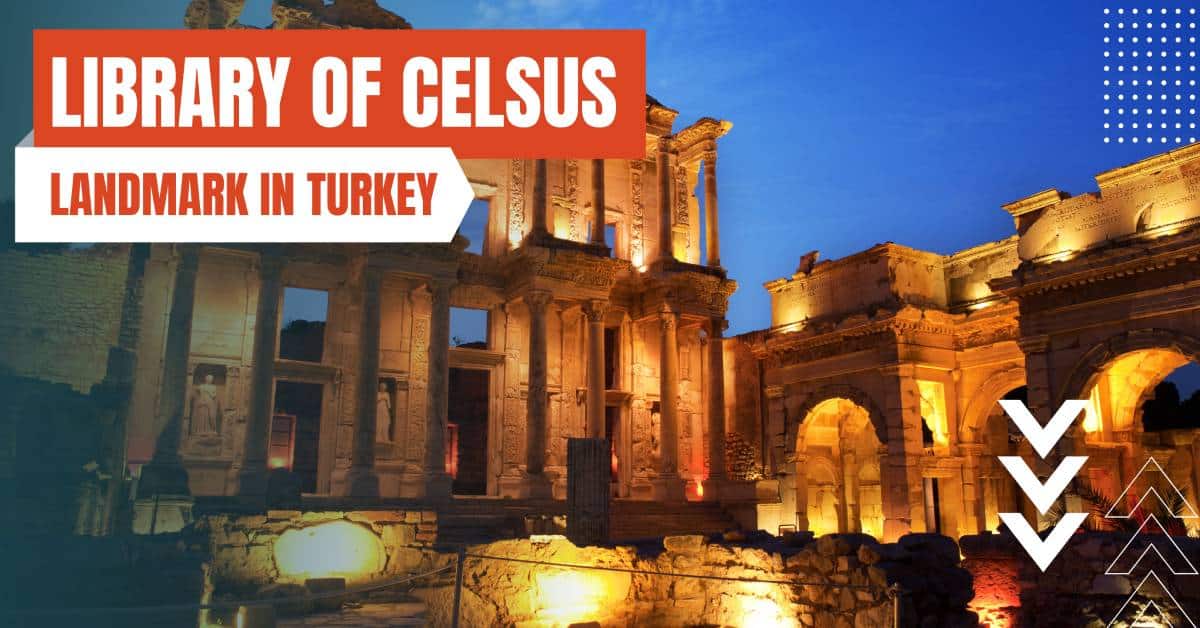
- Best Time to Visit: Spring and Fall
- What to Expect: A well-preserved Roman structure, detailed carvings, and an important archaeological site
- Ideal For: History enthusiasts, architecture lovers, families, solo travelers
- Yearly Visitor Count: Approximately 2 million (included in the Ephesus count)
- Geographical Location: Aegean Region, near Selçuk
The Library of Celsus, located in the ancient city of Ephesus, is a beautifully preserved Roman structure built in the 2nd century CE. Visitors can admire the library’s intricate carvings and facade, which once held up to 12,000 scrolls.
9. Sumela Monastery, Trabzon

- Best Time to Visit: May-October
- What to Expect: A clifftop monastery, religious frescoes, and a dramatic landscape
- Ideal For: Adventure seekers, history enthusiasts, nature lovers
- Yearly Visitor Count: Approximately 300,000
- Geographical Location: Black Sea Region, near Trabzon
Sumela Monastery, perched high on a cliff in the Altındere Valley, dates back to the 4th century CE. Visitors can explore the monastery’s chapels, admire the religious frescoes, and enjoy the stunning views of the surrounding forest and valley.
10. Galata Tower, Istanbul
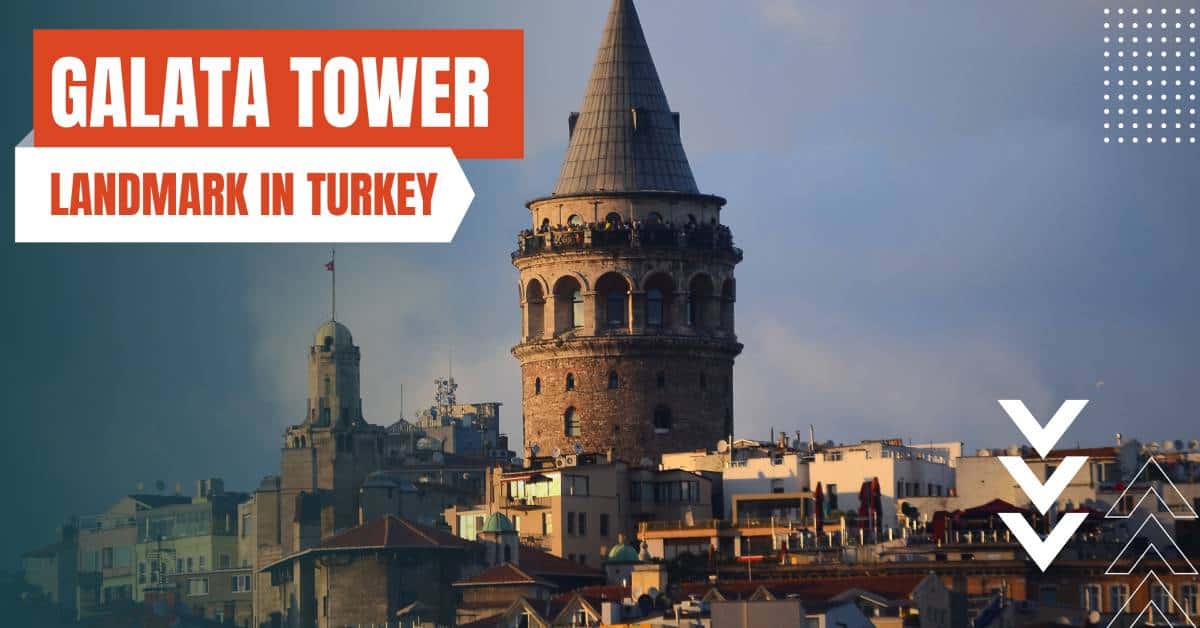
- Best Time to Visit: Spring and Fall
- What to Expect: Panoramic views of Istanbul, a medieval stone tower, and a restaurant at the top
- Ideal For: Architecture lovers, families, solo travelers, photographers
- Yearly Visitor Count: Approximately 1 million
- Geographical Location: European side, Istanbul
Galata Tower, a medieval stone tower built in 1348, offers breathtaking panoramic views of Istanbul from its observation deck.
Visitors can explore the tower’s history, take photos, and dine at the top-floor restaurant while enjoying the magnificent skyline, including views of the Bosphorus, Golden Horn, and historic peninsula.
11. Aspendos Theatre, Antalya
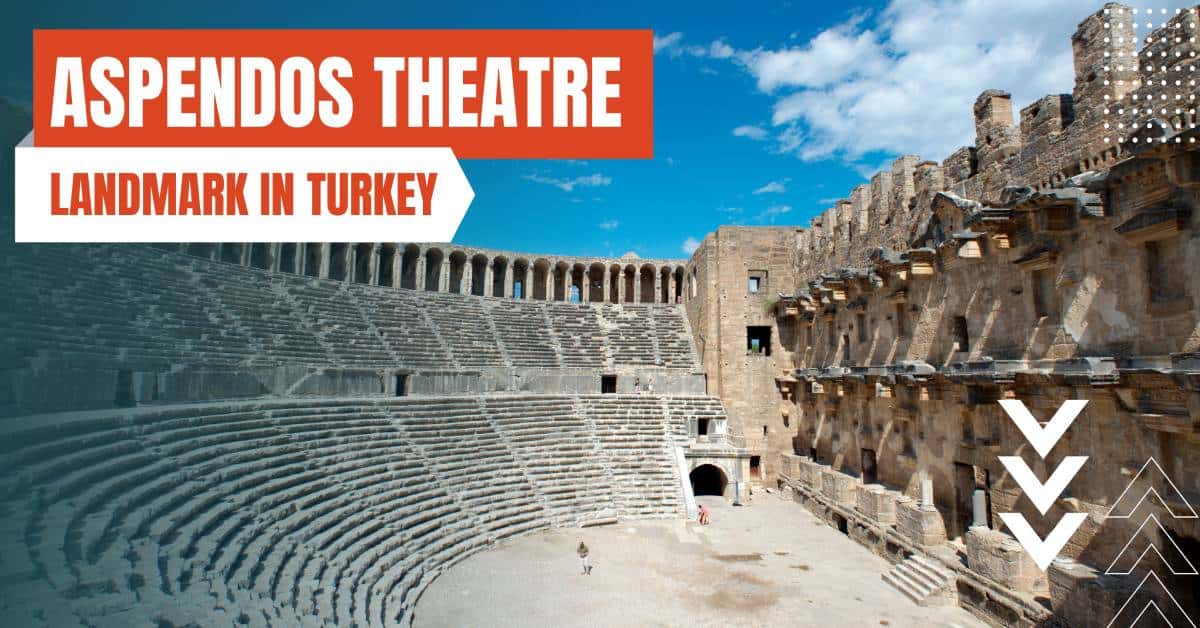
- Best Time to Visit: Spring and Fall
- What to Expect: A well-preserved Roman theater, an annual opera and ballet festival, and guided tours
- Ideal For: History enthusiasts, architecture lovers, performing arts fans
- Yearly Visitor Count: Approximately 500,000
- Geographical Location: Mediterranean Region, near Antalya
The Aspendos Theatre, built in the 2nd century CE, is one of the best-preserved Roman theaters in the world. Capable of seating up to 20,000 spectators, the theater remains in use today for concerts, festivals, and performances.
The annual Aspendos International Opera and Ballet Festival, held in June and July, offers a unique opportunity to experience the theater in all its glory.
12. Göbekli Tepe, Şanlıurfa
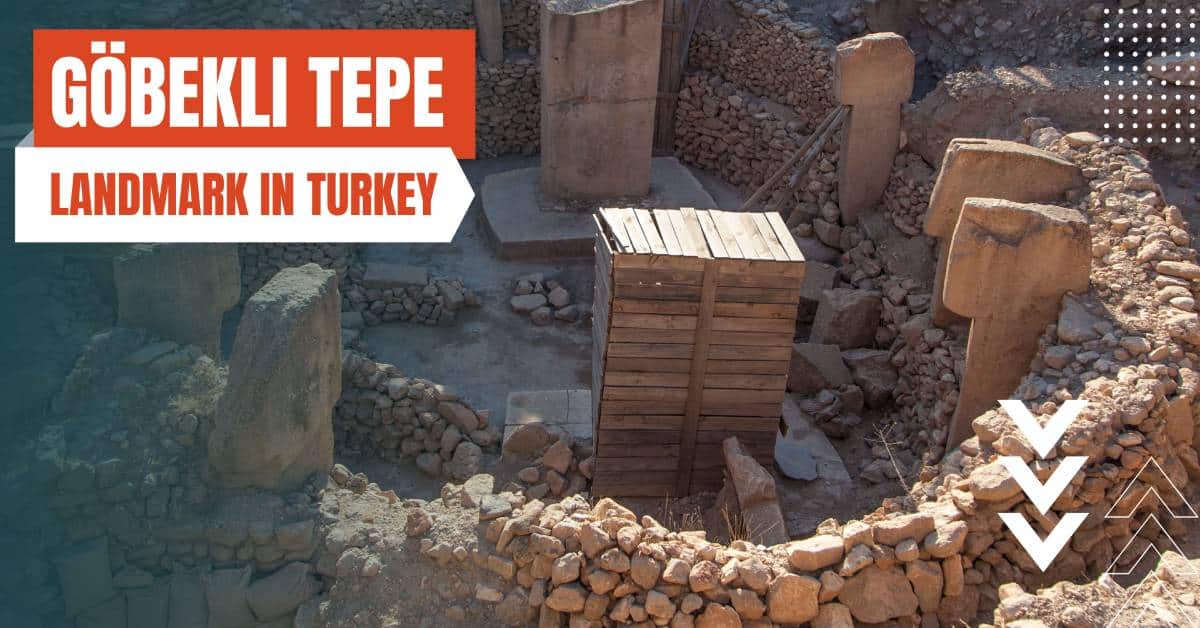
- Spring and Fall
- What to Expect: Ancient archaeological site, mysterious stone circles, and guided tours
- Ideal For: History enthusiasts, archaeology lovers, adventure seekers
Yearly Visitor Count: Approximately 200,000 - Southeastern Anatolia Region, near Şanlıurfa
Göbekli Tepe, dating back to 9600-7000 BCE, is considered the world’s oldest known temple. This enigmatic archaeological site features massive T-shaped stone pillars arranged in circles, adorned with intricate carvings of animals and abstract symbols.
The true purpose of Göbekli Tepe remains a mystery, but guided tours offer insights into the site’s significance and the people who built it.
By entering your email & signing up, you agree to receive promotional emails on eSIMs and insider tips. You can unsubscribe or withdraw your consent at any time.

About The Author
Related Articles
Spread the Word, Share the Joy
Compare eSIMs
Why keep the secret to yourself? Spread the joy of eSIMradar and let everyone in on the eSIM experience!

Easy eSIM Comparison for Your Needs
Simplifying your search! Easily compare eSIM plans tailored to your specific needs

Coverage in 210+ Countries
Benefit from our extensive eSIM comparison with 30+ providers in over 210 destinations.

Save money without second-guessing
Our platform helps you maximize value, ensuring competitive prices.

Enjoy Hassle-Free Travel Abroad
Whether you’re on holiday or a business trip abroad, stay connected with ease and focus on enjoying your experiences,
Find Your Perfect eSIM & Exclusive Deals!
Find your ideal eSIM effortlessly and stay connected in style wherever your adventures take you! Get exclusive deals and discounts at your fingertips, ensuring you get connected for less on your travels!









